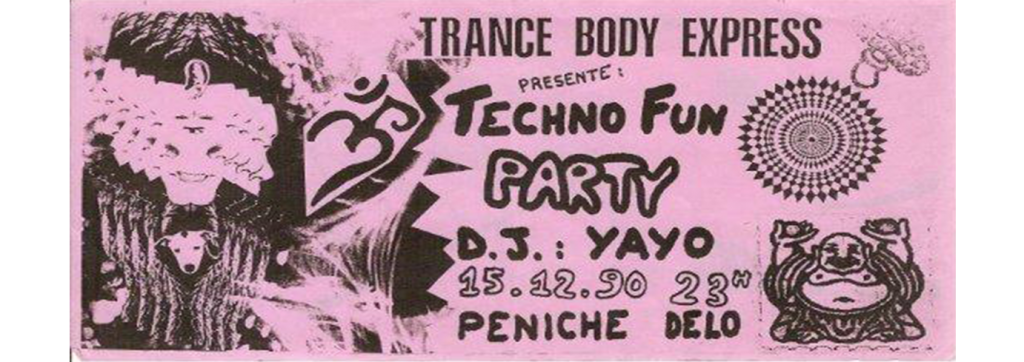

Although Radio Nova continued to feature other genres in addition to electronic music, the Parisian station nevertheless played an outsized role in its spread. Founded in 1981 by Jean-François Bizot and staff from the former magazine Actuel with the goal of discovering and highlighting the latest trends in music, the station was a natural fit for the burgeoning house and techno scene. A few years before, Radio Nova had given heavy air time to world music with its famous “Sono Mondiale” before turning its attention to hip-hop with its evening show “Chez Roger Boîte Funk” and its “Deenastyle” radio show.

Part of the Radio Nova team (including Loïk Dury, DJ Shoom, and DJ Gilb’r)
Under the urging of editor Loïk Dury, the station featured Guillaume la Tortue and Laurent Garnier for a few hours every Thursday night starting in 1990. Garnier called his show “Paradise Garage” in reference to the New York club where the talented turntablist Larry Levan held court every night. Loïk Dury soon found help for his endeavor in a young funk and hip-hop DJ from Nice, Gilbert Cohen, a.k.a. DJ Gilb’r, who then went on to start music label Versatile a few years later.
DJ-hosted shows were soon grouped together under the name “Novamix” with the goal of promoting the French scene and initiating a friendly dynamic among the artists. Throughout the years, a wide range of artists have participated, including Cut Killer, Lord Zeljko, Ariel Wizman, Jean Croc, Erik Rug, Volta, Morpheus, Gilles Peterson, Dimitri from Paris, DJ Deep, David Blot, Ivan Smagghe, and even Manu le Malin. Electronic music continues to play a key role in the station’s line-up even today.
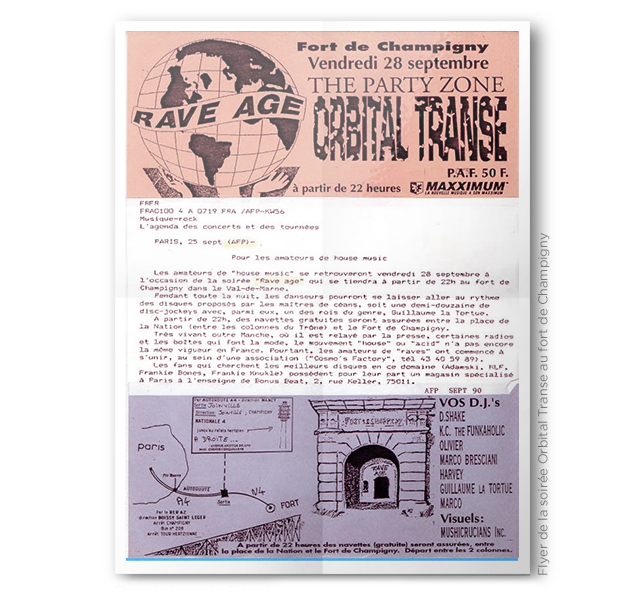
The first real raves were organized in France in 1990 by Manu Casana and Luc Bertagnol through the association Rave Age. Gone were the days of hush parties on barges—instead, these events were held in train hangers, the Collège Arménien, and the Fort de Champigny…and not always legally. The first French DJs earned their stripes alongside international artists, most of which were visiting from the UK.
At the same time techno and house were spreading through raves and underground clubs, a separate scene geared towards a much more general audience was gaining popularity. Although it wasn’t yet being called “eurodance,” this music style, mainly produced in Italy and Benelux, peaked with a show at Bercy concert hall during which 17,000 people crowded through the doors for “the world’s largest dance club.” The EDM movement in the 2010s was far from the first time electronic music was exploited for commercial purposes.
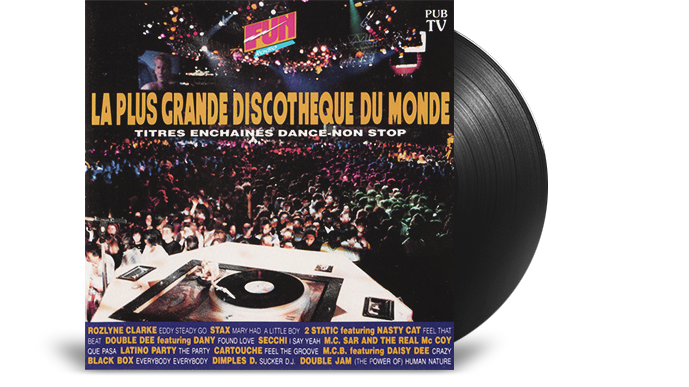
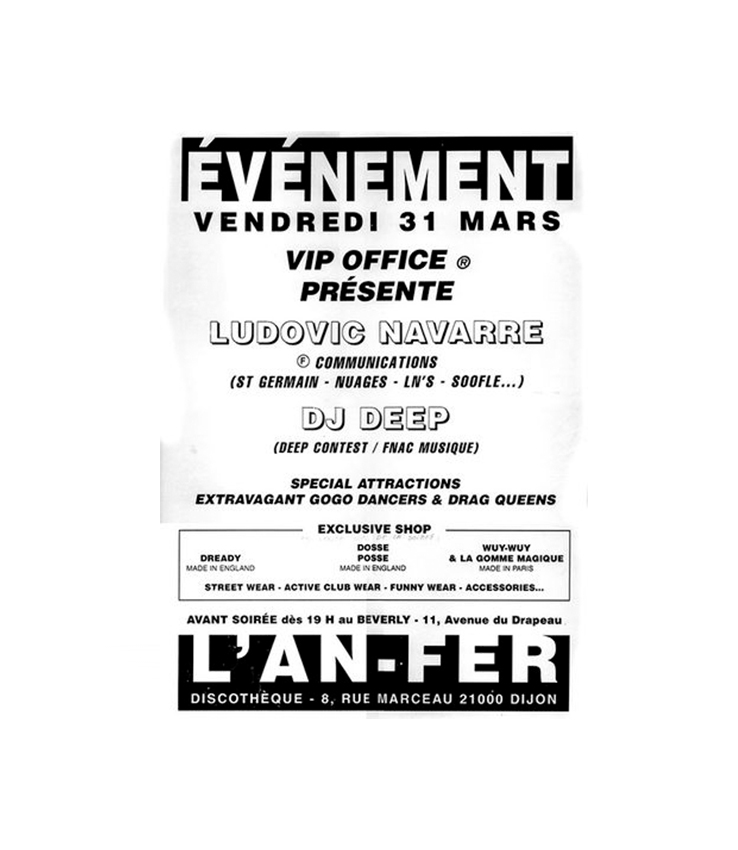
Along with Paris and northern France, techno and house music found a new hotspot in the city of Dijon. In truth, nothing about the club An-Fer suggested its reputation would eventually reach far beyond the borders of Burgundy. Opened one year earlier by two brothers, Franck and Frédéric Dumélie, the venue was first billed as a rock and new wave alternative to the more traditional dance club. However, during a visit to Rimini where Guillaume la Tortue and Laurent Garnier were playing, the two owners had a revelation. In June, they invited Garnier to their club. The young DJ emptied the dance floor, but the brothers were determined to make it work. Garnier came back to play every month for six years and in doing so taught a new audience to love electronic music. The brothers’ gambit paid off. Just like the Rex in Paris, An-Fer started to only play electronic music, offering a line-up on par with any similar club in Paris.
The biggest international DJs came to Dijon to perform, including legends from Detroit, London, and Chicago. Nestled in an average-sized city of 300,000 residents, the club remained an exception throughout the 1990s. It also led to the development of a local scene. Tonio, who had started as a lighting technician, became a first-rate techno DJ. The young Pascal Arbez was blown away by a live Daft Punk performance and inspired to start his own project, Vitalic. However, just like raves, the club was often targeted by government officials and the police. Weighed down by growing financial troubles and a series of raids and administrative closures, the Dumélie brothers finally closed shop in 2002, but not before organizing a final week of celebrations featuring all the artists who had left their mark on the venue’s history—including David Guetta.
Northern France and the area around Lille played a predominant role in popularizing electronic music. The region’s proximity to Belgium’s new beat scene and mega-sized clubs surely contributed to the trend’s development. A local community radio station, Galaxie, switched to an electro-only format shortly after Maxximum but before Paris’ Radio FG. The good folk of the rural north were clearly a step ahead of the rest.
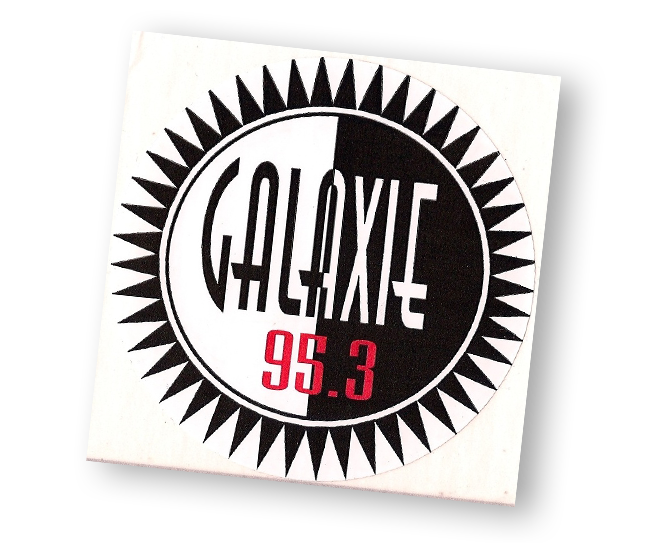
Other rave organizers started flocking to Paris. DJ Yayo’s Trance Body Express parties promoted a style of music different from that of England. Inspired by new beat, EBM (electronic body music), and ethnic music played during beach parties in Goa, India, this style marked the beginning of psychedelic trance.
